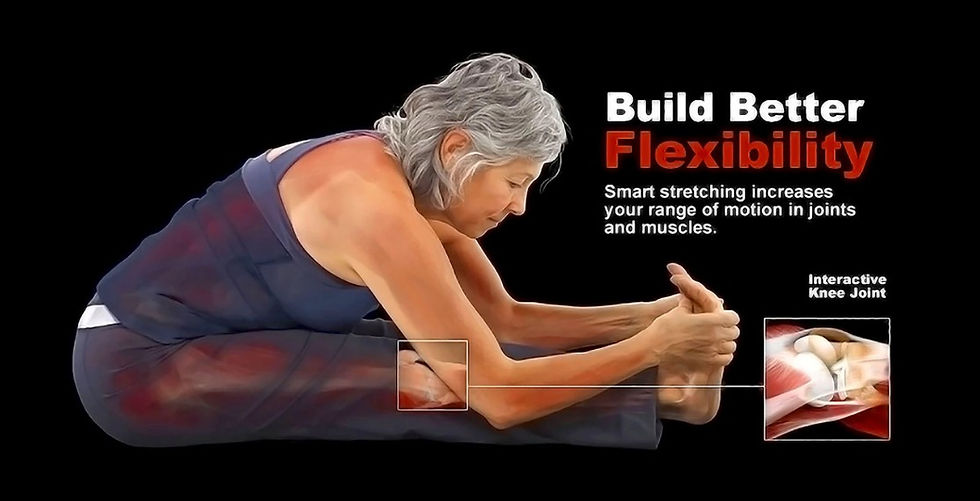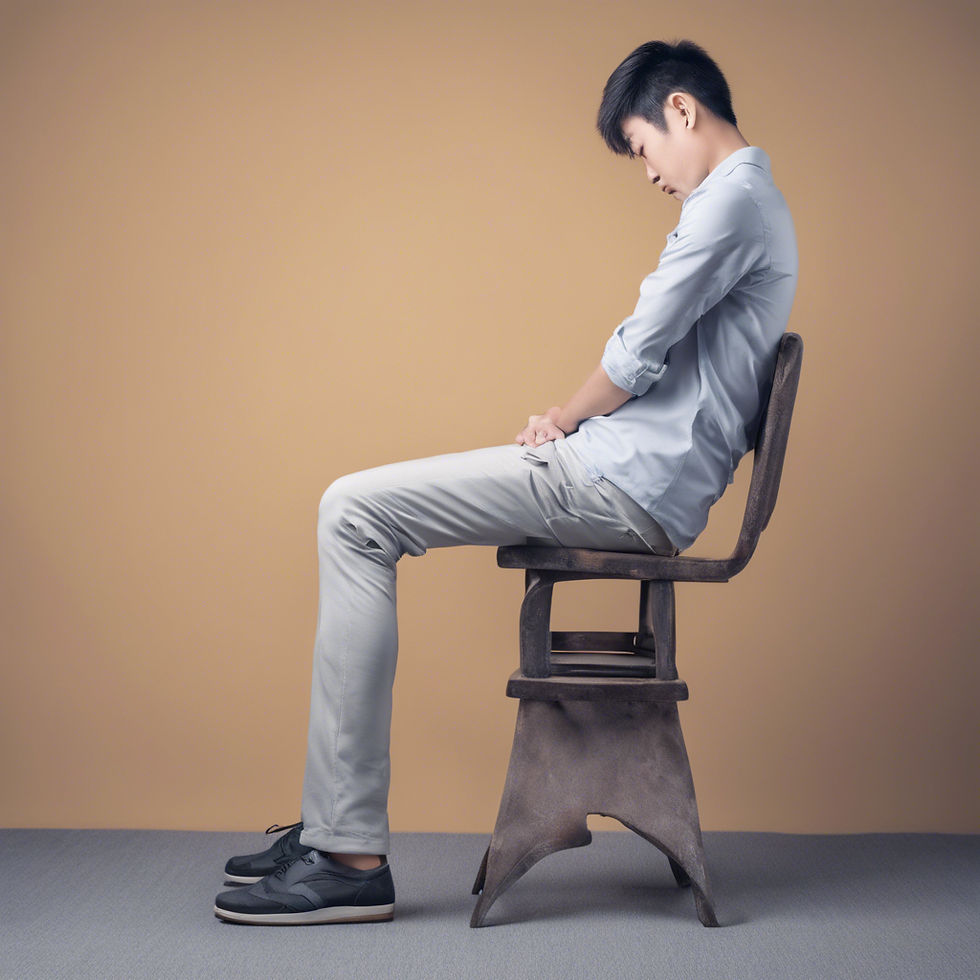🌀 For Those Who Want to Move Gracefully as They Age
- Nora Bokyung Kim
- Jun 4
- 3 min read
The First Step Toward Flexibility and Recovery

If you’ve been working out or learning activities for a while, chances are you’ve heard this advice more than once:
“Relax your body.”
But why is that so important? If you’ve brushed it off before, this might be the moment it finally clicks.
After a recent session, one of our members shared something simple but profound:
“My swim coach runs a pretty intense class… but when I finally let go of the tension, it felt so much easier!”
At first, she thought endurance meant holding everything tightly. Then one day, she realized that ease came not from fighting, but from releasing. And I thought to myself:
“She’s not suppressing her body anymore. She’s learning to guide it.”
Letting the body flow, rather than bracing against it — it’s not just technique. It’s a shift in how we relate to movement itself.
Your Body Isn’t Meant to Be Controlled
Between Suppression and Guidance, which are you choosing?
In the book『 Somatics for a Pain-Free Life 』, the author describes two different approaches to movement: - Suppression is about trying to control — tightening muscles, locking joints, holding positions. Like a surfer desperately clenching to stay upright. - Guidance is about moving with flow — sensing and responding softly. Like a surfer who reads the wave and allows their body to follow.
Both have value, but an overreliance on suppression leads to stiffness and pain.Learning to guide your body can lead to fluidity, freedom, and real recovery.
From Forcing to Flowing
Flexibility Begins with the Exhale
As someone with a background in dance and athletics, I used to think flexibility came through effort and pain. As a child, I forced splits. As an athlete, I gritted through extreme stretches.
Everything changed during one yoga class when a teacher simply asked me to focus on my breath.
“I realized—my breath and my body were in conversation.”
With each inhale, my body created space. With each exhale, I softened deeper into it. That moment transformed my understanding.
Stretching isn’t about forcing your body open.
It’s about allowing your breath to guide you inward.
< Step 1: Body Awareness >
Notice where tension exists in your body right now
Observe which parts feel tight and which parts feel soft
< Step 2: Guide Instead of Force >
As you inhale, feel the space that opens up inside your body
Don't try to force that space wider—simply acknowledge it as it is
< Step 3: Lead with Your Breath >
As you exhale, feel your body gently settling into that space
Allow your body to gradually release, moving deeper into that relaxed space
In that moment, I realized:
Stretching isn't about forcing or tearing—it's about being gently guided by your exhale.
At Innerfit, We Begin With the Body awarness
At Innerfit, we help you build awareness of how your body moves, and learn how to guide it with ease and confidence.
We’re not here to push you harder.We’re here to help you listen—closely, scientifically, and compassionately.
Move Well, Live Well, Age Well.
Yes, movement matters. But how you move — how you relate to your body as it changes — can shape your entire experience of aging.
“Once I let go, everything got easier.”
Sometimes, that one shift makes all the difference.
👣 It’s Time to Guide Your Body, Not Fight It
📍 Feeling stiff, no matter how much you stretch?
📍 Struggling to recover, even with consistent workouts?
📍 Not sure if your body is moving the way it should?
Let Innerfit's expert team assess your movement, understand your needs,and help you reconnect with your body in a way that’s sustainable and smart.
👉 Book your personalized assessment today : [Nora Kim 8747-5419]
Let your body move the way it was meant to — with breath, with ease, and without resistance.



Comments